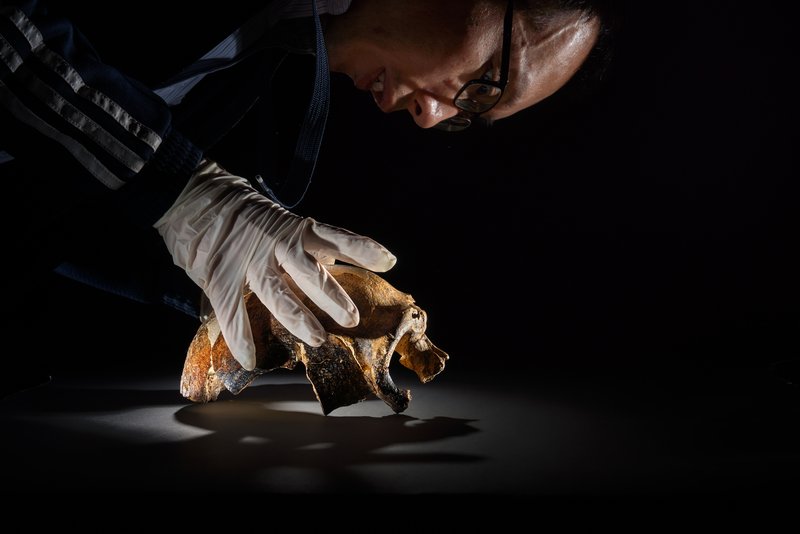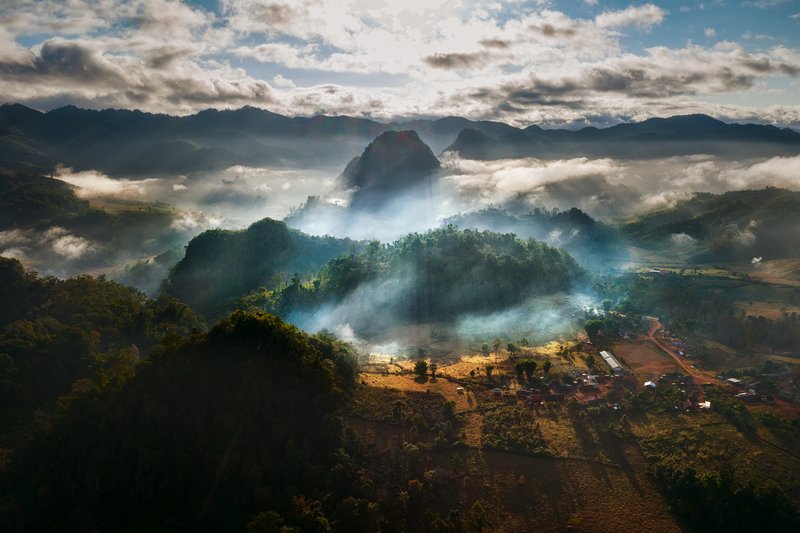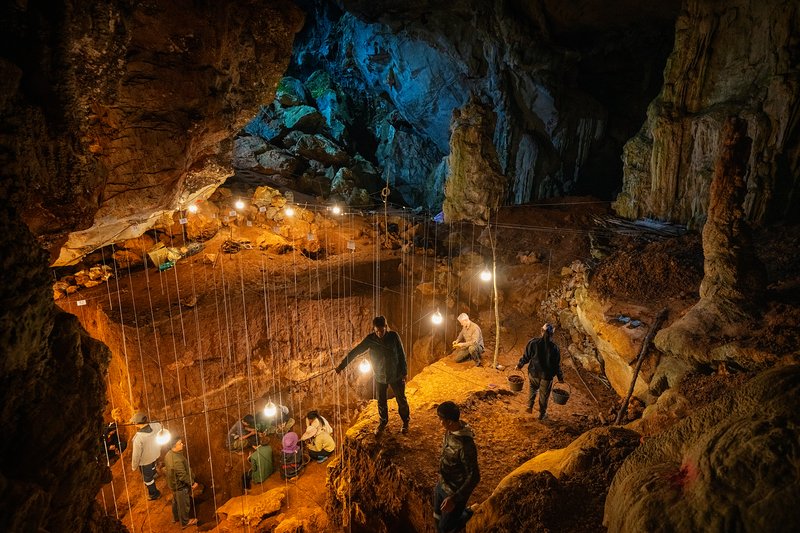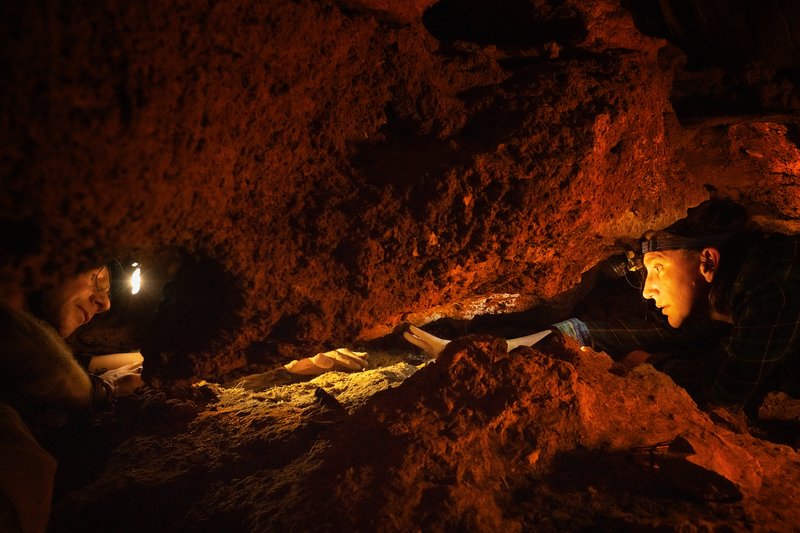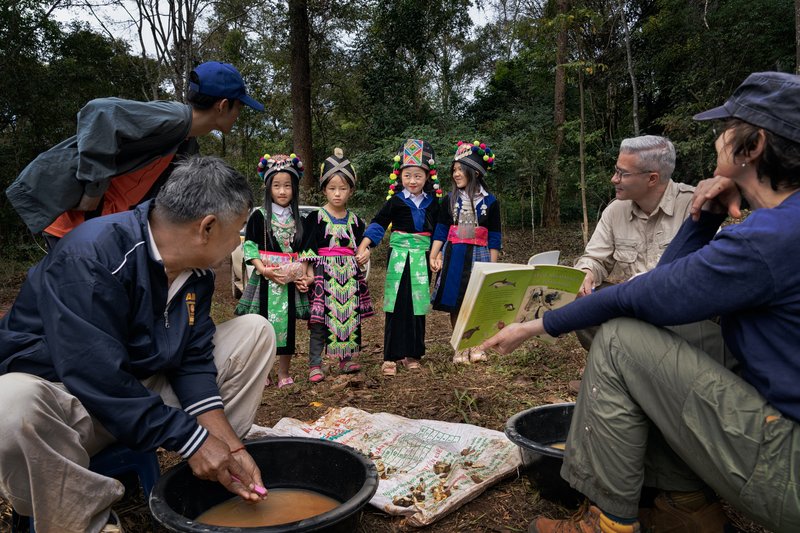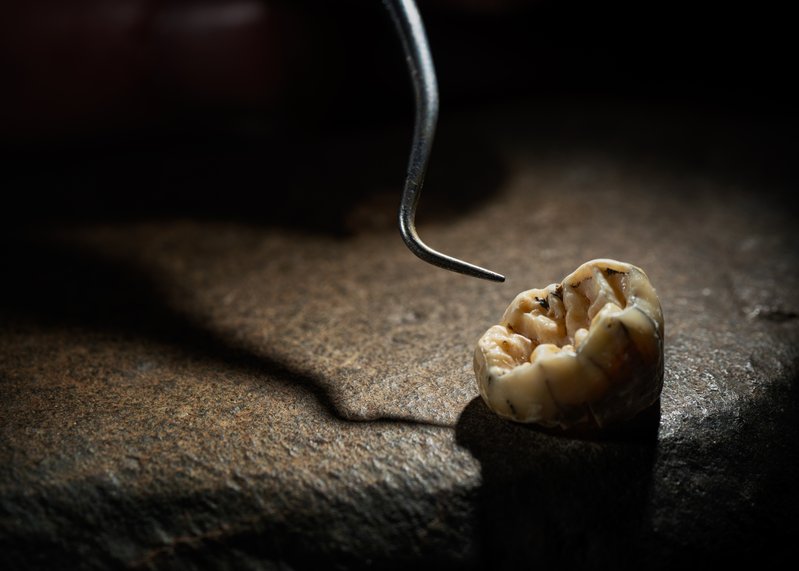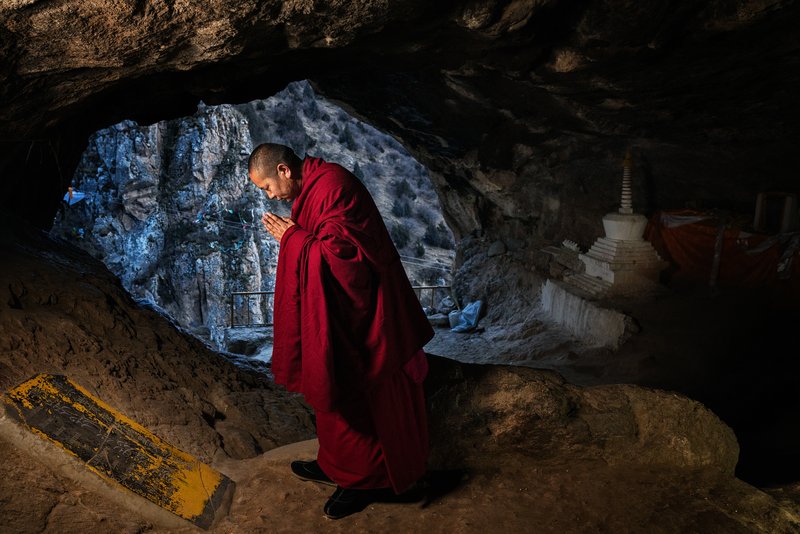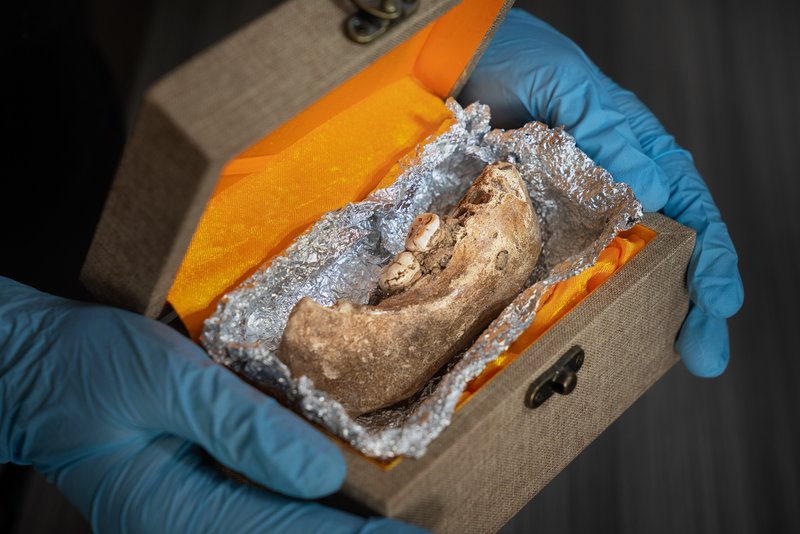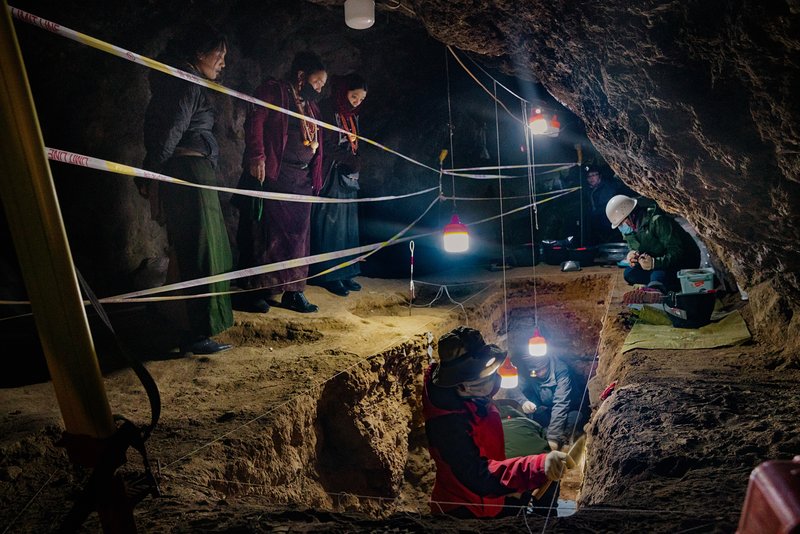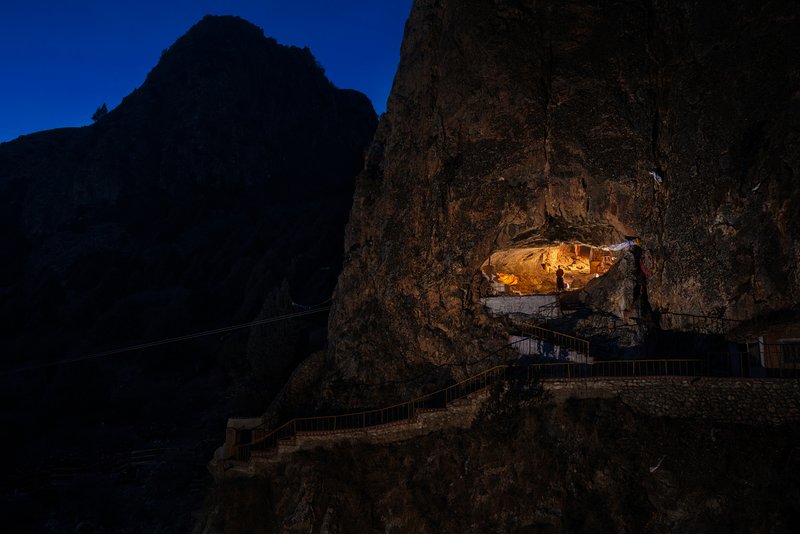Finalist: The Other Humans: Searching for Our Unknown Ancestors
Archaic human skull fragment found in Xujiayao in China
The "Maba skull" pictured at the Institute of Vertebrate Paleontology and Paleoanthropology (IVPP) in Beijing, China.??The Maba cranium was found in 1958 near the village of Maba, Guangdong province, southern China. It is intermediate in form between Homo erectus and H. sapiens, the remains are referred by many authorities to archaic H. sapiens or to an Asian extension of H. heidelbergensis. Local farmers discovered the specimen and alerted scientists. The fossils consist of a skullcap and parts of the right upper face, including bones of the nose. As on H. erectus, the browridges are pronounced, forming an arch over each eye, and the bones of the braincase are low and thick. Even so, the brain was apparently larger than that of H. erectus, though precise measurement of cranial capacity is not possible, as the skull’s base is incomplete. In a twist of archaeological fortune, two remote caves in unpopulated parts of Asia have rewritten our understanding of human evolution. The discovery of Denisovan remains – an ancient human species that inhabited Asia from at least 200,000 to 32,000 years ago – has stunned the scientific world. First identified in 2010 from a tiny finger bone found in Siberia, Denisovans were master adapters who left traces of their DNA in present-day Asian populations, suggesting they once lived across much of the continent. Most intriguingly, they passed on genes that help modern Tibetans survive at high altitudes – a legacy of their extraordinary adaptation to life on the roof of the world. My quest to document this groundbreaking story led me from witnessing Fabrice Demeter's meticulous work in Laos, where his team unearthed a child's tooth in the limestone Cobra Cave. The humid tropical environment had erased all traces of DNA, but Demeter's team used innovative protein analysis to confirm this 4-6 year old girl was Denisovan. Their discovery placed these ancient humans in Southeast Asia for the first time, proving they could thrive in warm, low-altitude environments. Thousands of kilometers away, in the thin air of the Tibetan plateau, I abseiled into the sacred Baishiya Cave where a Buddhist monk's chance discovery of a jawbone revealed how our ancient cousins had conquered Earth's highest plateau over 160,000 years ago. Here, archaeologist Zhang Dongju and her team made another remarkable finding: a rib bone fragment dating between 48,000 and 32,000 years ago – the youngest Denisovan fossil ever found. The cave yielded thousands of animal bones bearing cut marks, showing these ancient people were skilled hunters who could process everything from massive woolly rhinos to nimble blue sheep. To gain access to these closely guarded specimens, I criss-crossed research centers in China and Europe, where scientists work on discoveries that fundamentally transform our view of human origins. Their findings reveal an extraordinary tale of adaptation: our enigmatic ancestors developed the flexibility to thrive in both steamy jungles and frigid highlands, surviving alongside early modern humans and even interbreeding with them. Today, their genetic legacy lives on in many Asian populations.
Justin Jin
